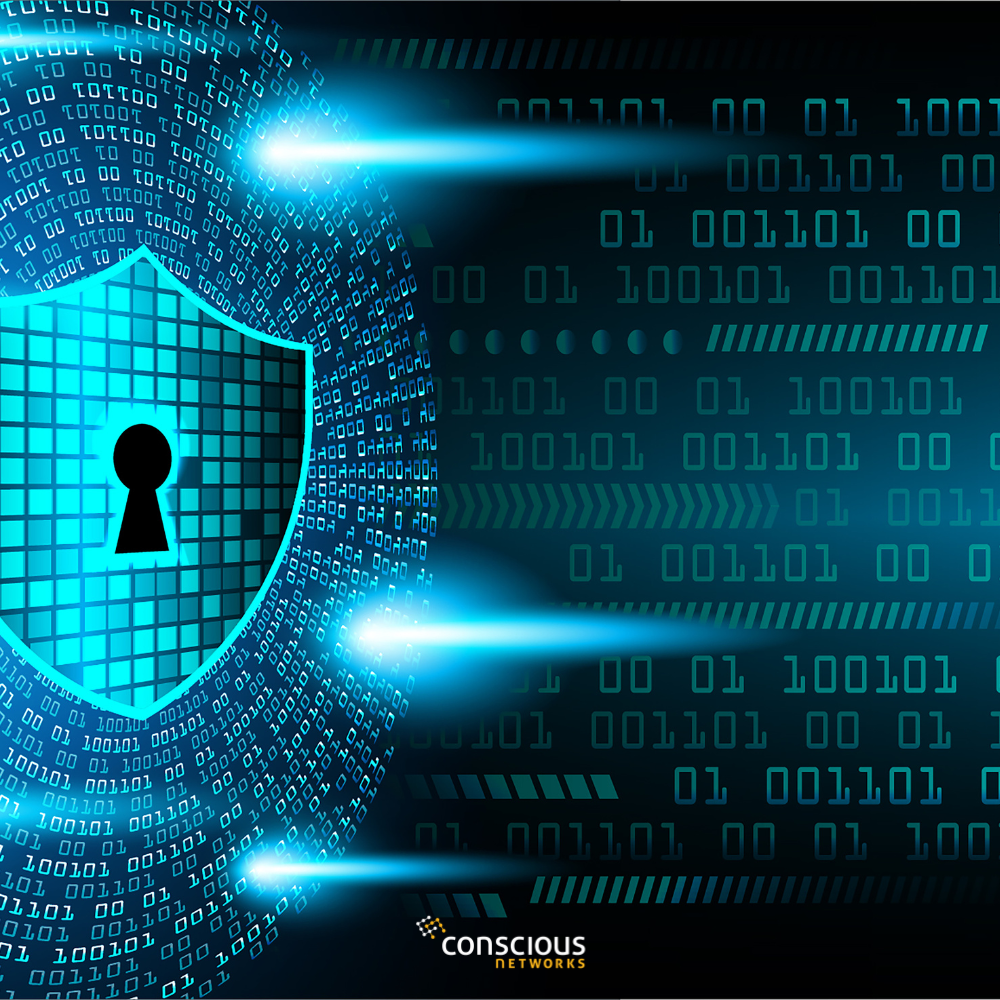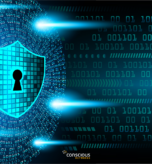In a world where cyber threats are growing more sophisticated and damaging every day, businesses can no longer afford to rely on reactive security strategies. That’s where a comprehensive cyber security risk assessment comes into play. As an IT managed services provider, Conscious Networks helps businesses of all sizes evaluate their exposure to digital threats, identify vulnerabilities, and implement strategies to minimize risk and strengthen resilience.
In this guide, we’ll break down what risk assessment in cyber security really means, why it’s essential for modern businesses, and how to perform one effectively to support long-term protection and continual service improvement.
What Is Risk Assessment in Cyber Security?
Risk assessment in cyber security is the process of identifying, evaluating, and prioritizing risks to an organization’s digital assets. These risks can stem from internal vulnerabilities, external threats, or a combination of both.
The goal is to understand what information or systems are at risk, how likely a threat is to exploit a vulnerability, and what the potential impact could be if it happens. This insight helps businesses make informed decisions about how to allocate resources and mitigate risk.
Why Cyber Security Risk Assessments Matter
A risk assessment serves as the foundation of any strong cyber security strategy. Without one, businesses operate in the dark, unaware of the weaknesses in their infrastructure. Here’s why cyber risk assessments are critical:
- Prioritize security efforts based on real threats
- Prevent costly data breaches and downtime
- Ensure compliance with regulations like HIPAA, GDPR, SOC 2, and ISO 27001
- Align IT systems with business continuity and disaster recovery goals
- Support Continual Service Improvement (CSI) by identifying and fixing weak points over time
Core Components of a Cyber Security Risk Assessment
A comprehensive risk assessment includes several key steps:
1. Asset Identification
Start by cataloging all critical assets, including:
- Servers and endpoints
- Network devices
- Software applications
- Databases
- Cloud platforms
- Sensitive or regulated data (e.g., customer records, payment info)
Understanding what you need to protect is the first step.
2. Threat Identification
List out potential threats, such as:
- Phishing and ransomware attacks
- Insider threats or human error
- Malware and viruses
- Network intrusions
- Natural disasters or power outages
3. Vulnerability Assessment
Identify gaps in your security posture. Common vulnerabilities include:
- Outdated software and unpatched systems
- Weak passwords or lack of multi-factor authentication (MFA)
- Poor access controls
- Misconfigured cloud settings
4. Risk Analysis
Evaluate each risk based on:
- Likelihood: How likely is the threat to occur?
- Impact: What would happen if the threat occurred?
Use a risk matrix to classify risks as low, medium, or high priority.
5. Current Control Evaluation
Assess the security measures already in place. Are they effective? Do they need to be improved or updated?
6. Risk Mitigation Planning
For each high-priority risk, define mitigation steps. Examples include:
- Installing endpoint detection and response (EDR) tools
- Improving employee training
- Enhancing network segmentation
- Deploying encryption and secure backups
7. Documentation and Reporting
Keep a detailed record of your findings, the steps taken to mitigate risks, and your plan for continuous monitoring and improvement.
Risk Assessment vs. Vulnerability Scan: What’s the Difference?
While a vulnerability scan is often part of a risk assessment, the two are not the same:
- A vulnerability scan is an automated process that finds known weaknesses in your system.
- A risk assessment is a broader, strategic evaluation of threats, vulnerabilities, and impacts to guide decision-making.
Think of vulnerability scanning as a tool used during the larger risk assessment process.
When Should You Perform a Risk Assessment?
Risk assessments should be conducted regularly and in response to significant changes in your environment. Key moments include:
- After onboarding new systems or software
- Following organizational changes (e.g., mergers, expansions)
- In response to a cyber incident or near miss
- As part of annual compliance checks
At Conscious Networks, we recommend at least one full assessment per year, with mini-assessments quarterly or following any major infrastructure changes.
Common Cyber Risks to Look For
While every organization has its own threat landscape, common cyber risks include:
- Unpatched software vulnerabilities
- Weak or reused employee passwords
- Lack of endpoint protection for remote workers
- Misconfigured firewalls or cloud storage
- Social engineering attacks (e.g., phishing)
- Lack of a formal incident response plan
These risks can open the door to serious data breaches, regulatory penalties, and reputational damage.
How Conscious Networks Supports Cyber Risk Assessment
As a trusted IT managed services provider, Conscious Networks specializes in delivering risk assessments tailored to each client’s industry, size, and regulatory environment. Our process includes:
- Initial consultation and asset discovery
- Custom risk questionnaires and technical scans
- Risk scoring and prioritization
- Policy and control review
- Step-by-step mitigation recommendations
- Continuous monitoring for CSI-driven improvement
We also provide tools like our Cyber Security Risk Assessment Template to empower your internal IT teams to stay proactive.
Best Practices for an Effective Risk Assessment
To ensure your assessment provides maximum value:
- Involve stakeholders from IT, HR, compliance, and leadership
- Use both manual evaluations and automated tools
- Keep the assessment focused on business impact, not just technical flaws
- Establish a timeline for implementing improvements
- Reassess regularly to keep up with changing threats
Schedule Your Cyber Security Risk Assessment Today
Risk assessment in cyber security is no longer optional—it’s essential. With the increasing frequency of cyberattacks and growing compliance demands, organizations must take proactive steps to identify and mitigate their vulnerabilities.
By conducting a thorough risk assessment, you gain the insight needed to protect your business, support compliance, and align with Continual Service Improvement (CSI) goals.
Conscious Networks is here to guide you every step of the way. Contact us today to schedule a risk assessment tailored to your business needs and start building a more secure future.








